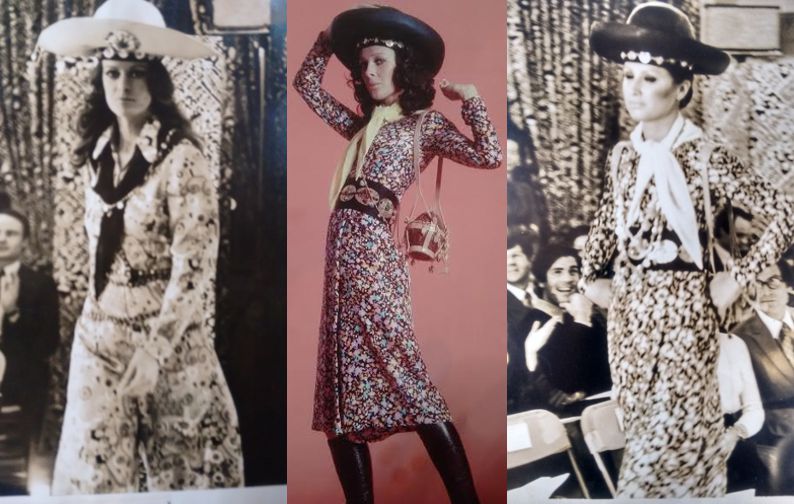Renda-se pays tribute to Zuzu Angel in its 2025 edition
Renda pays special tribute to Zuzu Angel with designers and students developing an exclusive look inspired by the designer's career and work.


Thursday, June 29, 2017

Despite growing up in urban Belo Horizonte, Zuzu Angel was born in the backwoods of Minas Gerais, she liked to reminisce her childhood in her hometown of Curvelo. She used to say that it was a land of brave and courageous people, she told stories and laugh out loud, informing the unbelievers, with a touch of provocation: "In my country, the fancier club was called Revolver Club." Thus, she sought to explain, in a humorous manner, her rampant audacity, challenging the oppression of the dictatorial regime imposed on Brazilian life as of 1964.
The greater and more numerous were the challenges, the indifference, the negatives, and the hypocrisies, which she was confronted with in the search for her missing son, Stuart, and later on, for his remains, the closer she was to the history of our heroes, those who were persecuted, oppressed, martyred and left with nothing. But she understood the ideological strength behind Tutu, the nickname she gave her child, and was impregnated with his values. This was reflected in her creations, in her dresses. The Angel was born. Her brand was born.
Along with all this, she also had the freedom to celebrate controversial characters from Brazilian history, such as Lampião and Maria Bonita, the Kings of Cangaço, officially known as bloodthirsty thugs, but considered by the people as a "Robin Hood of the Northeast," robbing from the rich to give to the poor.
Lampião, Maria Bonita and her band exerted a strong fascination on Zuzu, which can also be attributed to their creativity and inspiration, since they designed their own clothes and accessories, using elements of the caatinga which, according to Zuzu's interpretation, made them the first people to wear clothes filled with “Brazilianness”.
Thus, in the late 1960s, Zuzu developed her first line, Maria Bonita and Lampião, and took it abroad to show them to the Americans. Everything was made from pure silk with small prints on a black background, overalls with skirt pants or false skirts, covering the knees (the length at the time was known as "mi-mollet"), which would open on the front with a zipper, along with leather accessories. Everything fit together with remarkable harmony.
Thin strips of black lacquer with silvery metal eyelets crossed the chest and the waist, which resembled cartridges. Belts of black silk, with gold metal plates encrusted with Brazilian gems. Baku straw hats, in the same tones of the clothes; black, pink, straw, ornamented with gold metal plates, Brazilian gems, shells. Long tight boots made of kid leather, 6 cm heels. Coconut moringas decorated with strings of Brazilian gems. Zuzu's “cangaceiras” definitely were a charm.
Renda pays special tribute to Zuzu Angel with designers and students developing an exclusive look inspired by the designer's career and work.
Renda pays special tribute to Zuzu Angel with designers and students developing an exclusive look inspired by the designer's career and work.
O Grupo Oliwer Martino, liderado por Marlos Oliwer, lançou em 25 de abril a coleção de óculos “Zuzu Angel: Olhares de Liberdade” uma coleção autoral da marca de óculos Oliwer Martino, e também inaugurou uma exposição homônima na Praça Central do Brasil, em Curvelo.
On April 25, 2025, Curvelo/MG made history in Brazilian fashion by hosting the first edition of the Zuzu — Olhares de Liberdade event.